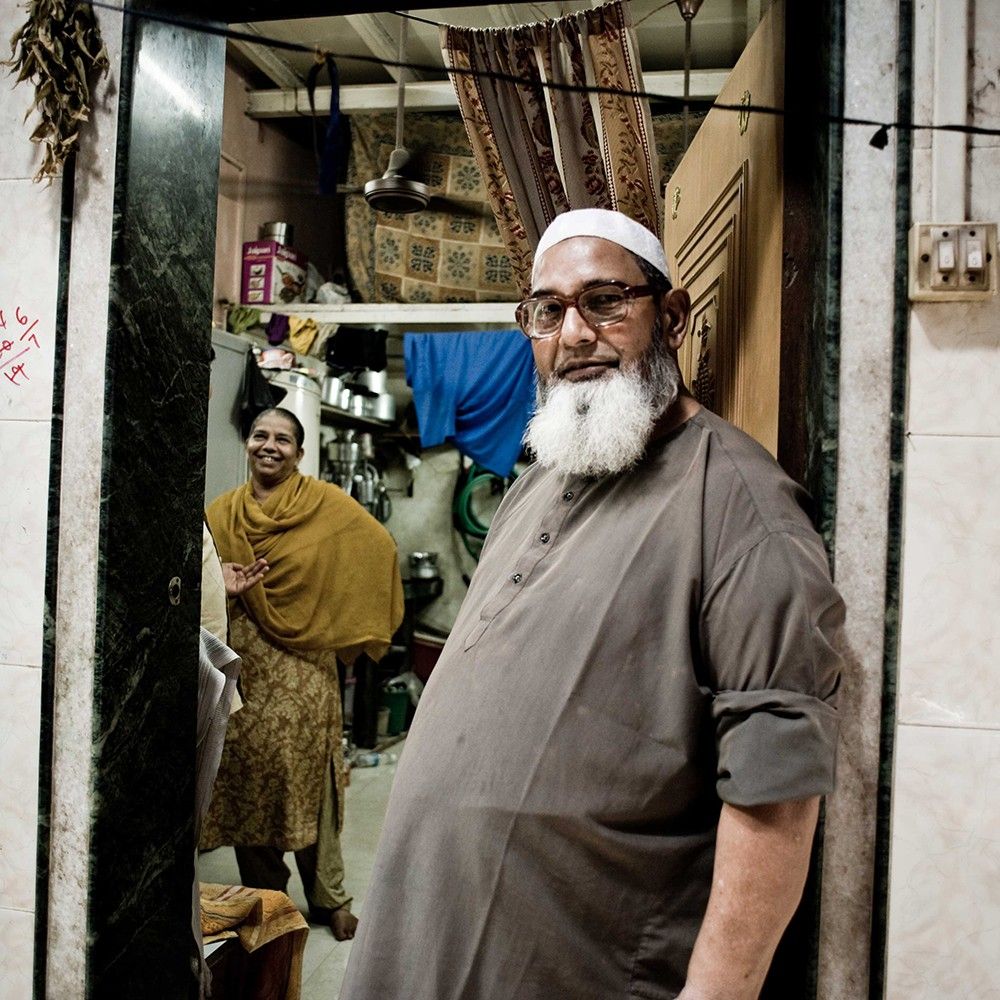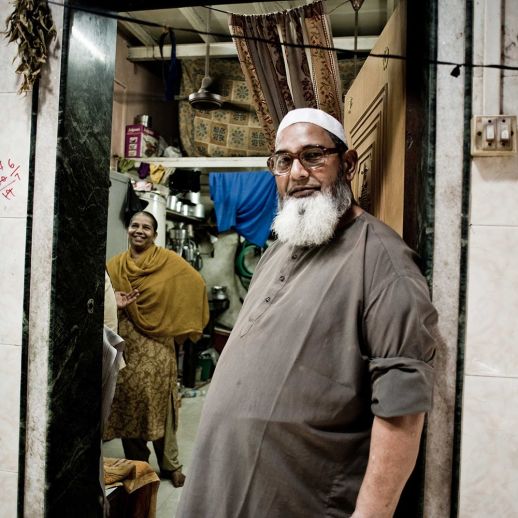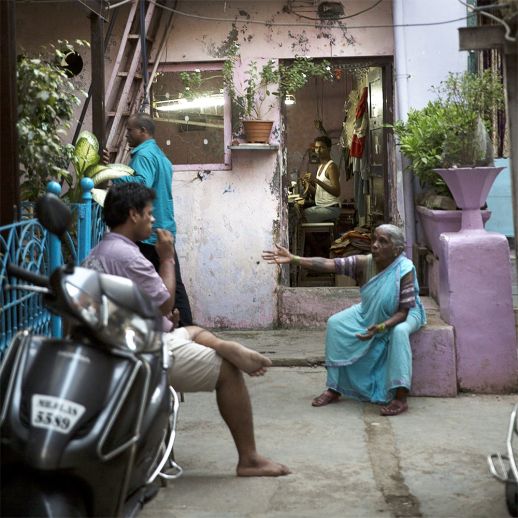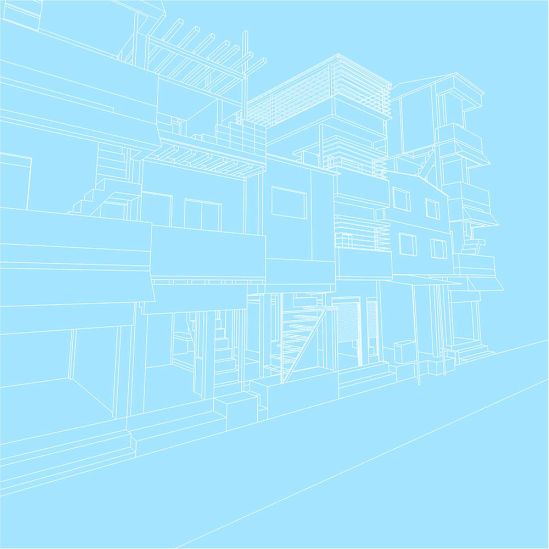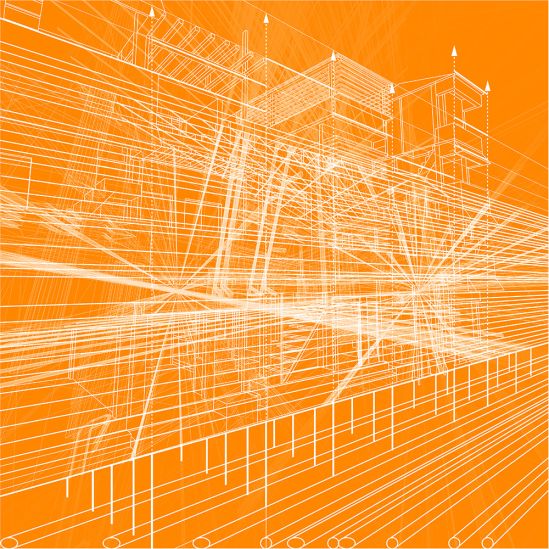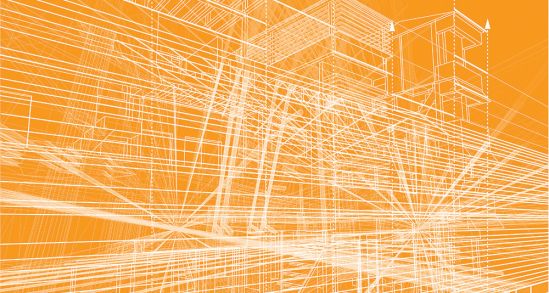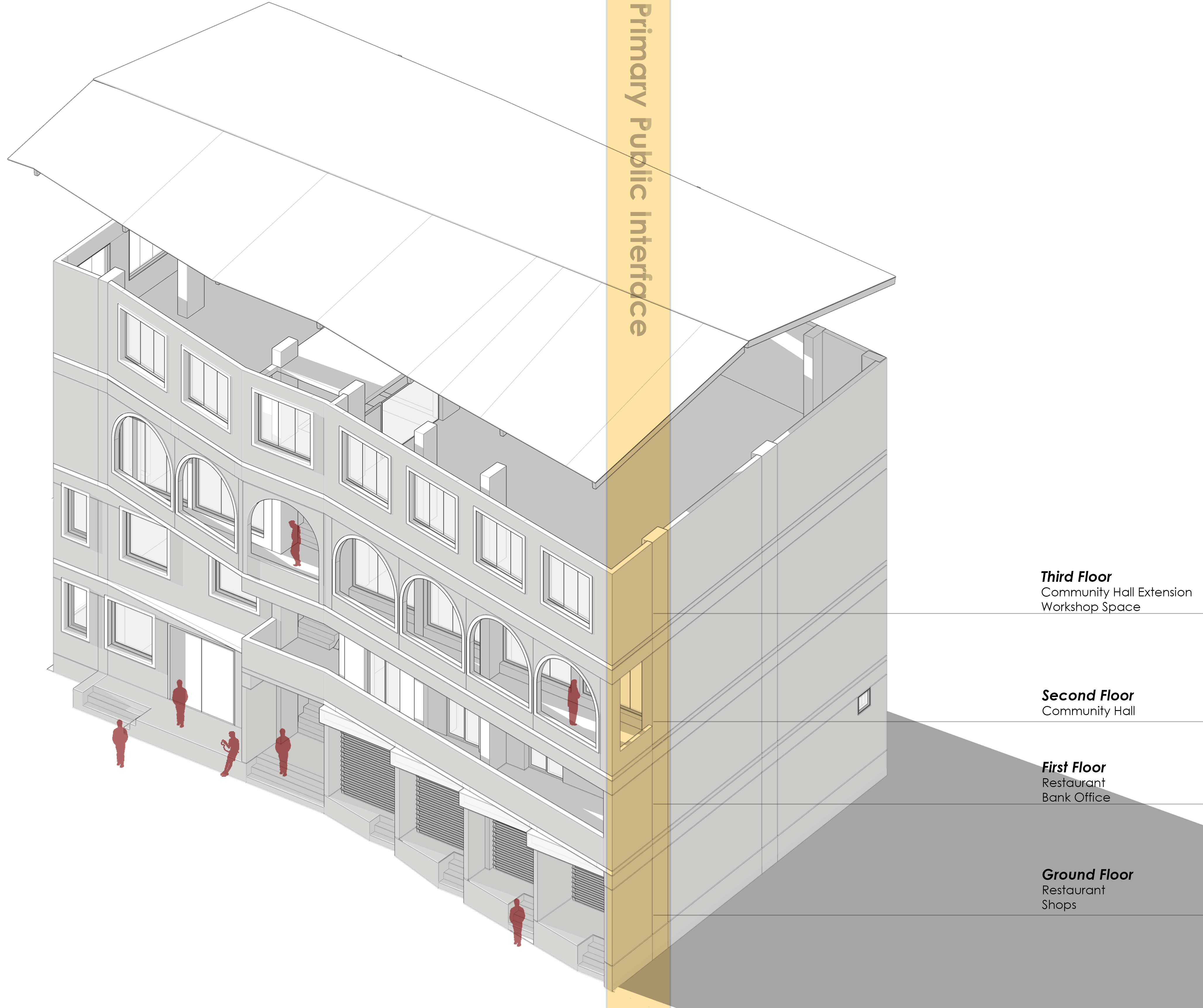urbz is a part of the Future Architecture Platform for which our take is No Future: Architecture for the living present. We notice that so much energy is invested in conceptualising ideas for a utopian future that a near blind eye is cast towards the current state of affairs. Around the world, clear lines of division exist between the city which embodies the ‘civilised’ and formal habitat and the ‘slum’ which is the wild, uncharted territory. The existence of two separate terms to define these areas in itself represents the exclusion of one from the other.
Working and living in neighbourhoods that are generally referred to as ‘informal’ has led us to question the validity of the term. Can settlements which are home to 5th generation settlements qualify as being ‘informal’? Informal is a political term to categorise what does not conform to the control of administrative powers. For this reason, ‘Informality’ is generally attributed to unregulated and user-shaped habitats. Governments and officials are constantly battling the existence of such settlements, in an effort to homogenise them to imitate the more planned fabric of the city.
Our case for such settlements is not to battle but embrace them. It could be worth our while to adopt their variegated character, rely on their existing form and view them as components that are active from the start. The best way to deal with the present is to accept that we can’t build our way into the future and that we must engage with the world as it is – messed up, unpredictable, toxic. At the House of Architecture at Graz, the theme of the exhibition, ‘Form Follows….’ curated by ISSS was an attempt to redefine Sullivan’s popular and widely accepted statement that form follows function. The form can follow more than just function; the form can follow economy, habits, necessity, crisis, society and many other factors. urbz’ take was one that reflected its practice: Form follows Recognition
We prefer highlighting the role of architects as agents of incremental growth and not as creators of a future that doesn’t yet exist. The urbz collective acknowledges that urban development is -whether we like it or not- largely user generated. From this understanding, we try to facilitate change, based on the user’s needs. Our projects ‘A House We Built’ and ‘A House We Built Bigger’ are experiments in bringing architects into an urban realm totally dominated by local builders, where houses are usually built without any plan or drawings. The second movie shows how end-users appropriate the house and make it uniquely suited to their needs in a move that no architect could have planned, but that local builders can perfectly execute on the go.
A ‘blank sheet’ approach to resolve them is an impractical method to conceive feasible solutions. A more realistic path is to accept the existence of these problems, try to understand their roots and take it forward from there on.
